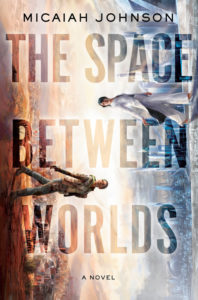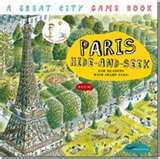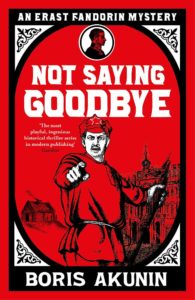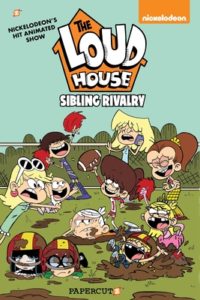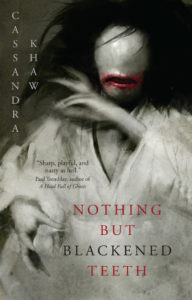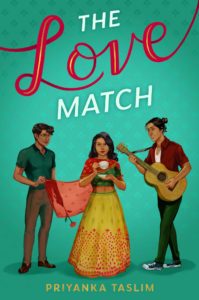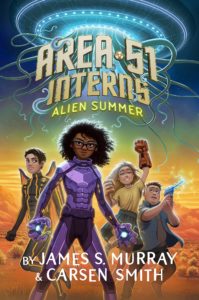Even by the standards of European monarchs, many of the Romanovs were terrible people. Peter the Great had his oldest son killed by torture. Earlier, Peter’s half-sister Sophia had tried to prevent him from assuming the throne, and if he had lost that contest he might well have paid with his life. Ivan VI succeeded his great aunt Anna when he had not yet had his first birthday, Anna having died of a kidney stone. He lost his throne before his second when Elizaveta, daughter of Peter the Great, staged a coup. Imprisoned, Ivan outlived two monarchs, although there were strict orders to have him killed should any attempt be made to free him. Those orders were carried out when Ivan was 23 and Catherine II, later known as Catherine the Great, was Empress. Catherine herself, born Princess Sophie Friederike Auguste von Anhalt-Zerbst-Dornburg, took the throne by deposing her husband Peter III and having him killed.
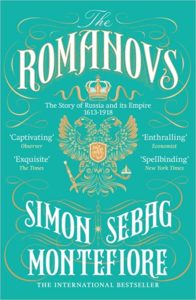
No sooner had the Romanovs stopped killing each other than their subjects took up the task. The transition here is Tsar Paul. He was regarded as eccentric and was disliked by the more militant parts of the upper nobility. To be fair, he was not notably odder than his predecessors, though maybe he lacked the force of personality to make people go along with things. Eventually, senior nobles and rash generals began conspiring against him. Montefiore describes an elaborate and deadly dance among tsar, heir and conspirators. The tsar was growing more paranoid as he aged. The heir, Alexander, was in his early 20s and seeing his destiny open before him. The conspirators, particularly Peter von der Pahlen, governor of Petersburg and chief minister, lured Alexander with tales of the tsar’s instability and of course the veiled threat that if his knowledge of the conspiracy was exposed his fate would be that of Peter’s son Alexei. (After all, Paul had eight other children, and women had ruled Russia for most of the preceding 75 years, so another empress was not out of the question.) The tsar wanted to see his eldest succeed him on the throne, but not prematurely. In the event, Paul was right to be paranoid. The nobles acted. Historians still debate the extent of Alexander’s involvement, and Montefiore comes down on the side of Alexander being involved but thinking his father was merely to be deposed with he himself ruling as regent. It’s possible that a young man might be naive enough to think deposition might not mean death; people can convince themselves of quite a bit, especially when a lifetime of absolute power is at stake.
After Paul, revolutionary elements cut out the nobility as middlemen in doing away with monarchs. Two of the last four tsars died violently. Alexander II was blown up in 1881 by members of an organization known as “People’s Will.” Nicholas II and all of his immediate family were shot by Bolsheviks in 1918, ending the line that had ruled Russia from 1613. There are currently three Romanov pretenders, though prospects of their return to a Russian throne, let alone ruling as autocrats, are slim.
Continue reading
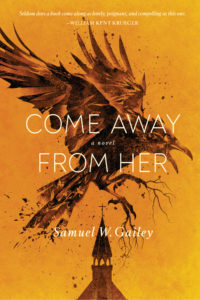 And in my opinion? Come Away From Her reads like Marilynne Robinson deciding to turn her hand at commercial fiction a la Liane Moriarty, with strong Grace Metalious overtones (in case it wasn’t clear, this is a compliment, and a pretty darned lavish one at that.) Set in the 1980s in small town Pennsylvania, this is a book about secrets, violence and redemption, and I was straight up crying through the end of it. I did not manage to finish this in a single sitting as Julia, the publicist who pressed this on me (for which I’m forever grateful!) did, but I’ve also had to contend with poor health and even needier than usual children this past week. Reading and writing have been a bit of a struggle, but this book was absolutely worth fighting through the fog to finish.
And in my opinion? Come Away From Her reads like Marilynne Robinson deciding to turn her hand at commercial fiction a la Liane Moriarty, with strong Grace Metalious overtones (in case it wasn’t clear, this is a compliment, and a pretty darned lavish one at that.) Set in the 1980s in small town Pennsylvania, this is a book about secrets, violence and redemption, and I was straight up crying through the end of it. I did not manage to finish this in a single sitting as Julia, the publicist who pressed this on me (for which I’m forever grateful!) did, but I’ve also had to contend with poor health and even needier than usual children this past week. Reading and writing have been a bit of a struggle, but this book was absolutely worth fighting through the fog to finish.

